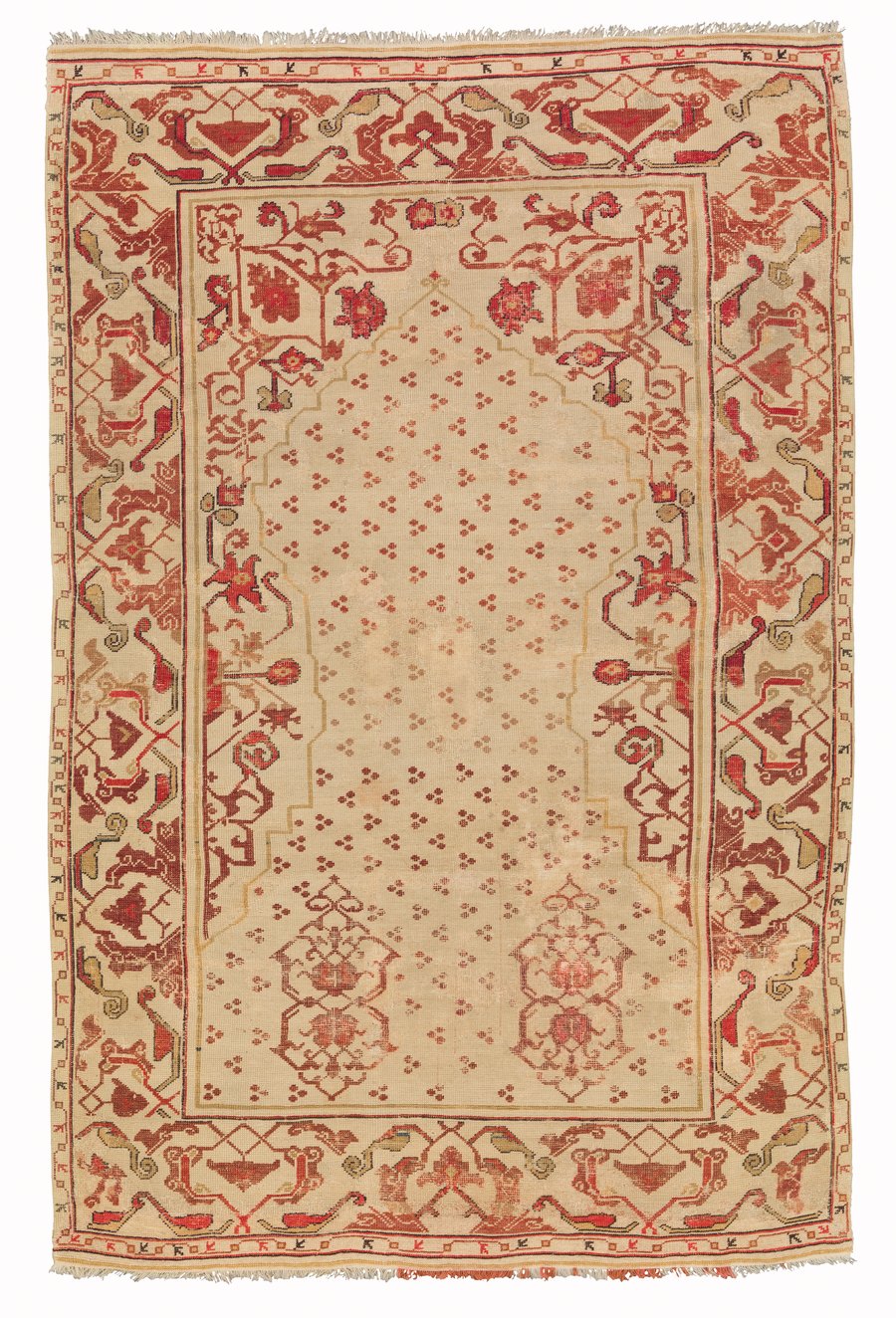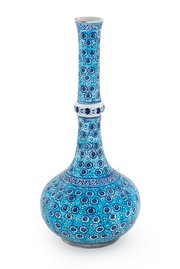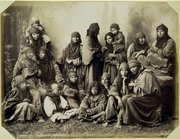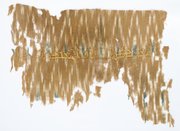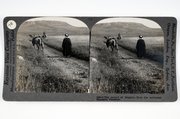
Pile-Woven Wool Prayer Rug
Museum of Islamic Art
- Title:
- Pile-Woven Wool Prayer Rug
- Production place:
- West Anatolia
- Date:
- 1570 - 1630
- Period:
- Ottoman
- Title:
- Pile-Woven Wool Prayer Rug
- Production place:
- West Anatolia
- Date:
- 1570 - 1630
- Period:
- Ottoman
- Material:
- Wool
- Technique:
- Pile weaving
- Dimensions:
- 151 × 97 cm
This prayer rug belongs to a rare group of about thirty Anatolian prayer rugs featuring a red design set on a white ground, generally known as ‘Selendi’ carpets, a sub-group of the çintamani rugs. Their production in Selendi is further documented by Ottoman price registers dating from the first half of the 11th century AH/17th century CE. According to Ottoman price registers, the term çintamani comes from Sanskrit, meaning ‘auspicious jewel’, and refers to the spotted motifs that decorate the centre of the carpet. This design, mainly used on luxury textiles and ceramics, generally comprises three circles accompanied most of the time by two wavy lines, which are also known as ‘tiger stripes’ and ‘leopard spots’. In the Ottoman context, this became symbolic of strength and power and was also considered to bring good luck. Other examples are known, which present comparable mihrabs (prayer niches) shaped by scrolling arabesques and with two footprints in the lower part, but with different borders. The presence of footprints on the carpet not only indicates the carpet was for use as a prayer rug but also refers to the symbolic representation of the sandals of the Prophet, which also illustrated manuscripts of the same era as well as tiles placed in the qibla walls of some Ottoman mosques. A similar carpet with footprints but without the çintamani motifs is in the Museum of Turkish and Islamic Arts in Istanbul (inv. no. 435) and was originally from the tomb of ʿAlaʾ al-Din Keykubad in Konya. Another multiple-niche prayer carpet featuring sandals and hanging lamps in the same collection (inv. no. 88) was made for the Selimiye mosque in Edirne.
